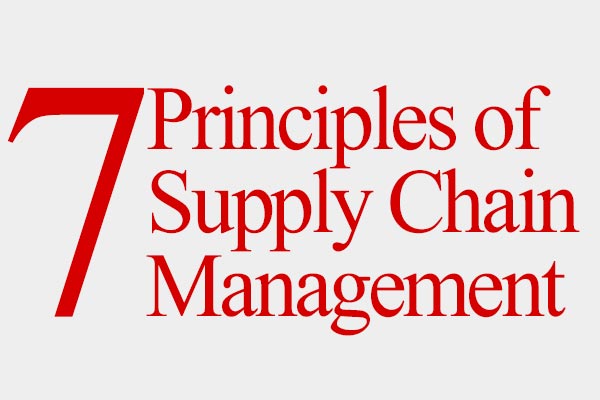Ongoing trend of declining U.S. industrial real estate availability remains intact, says CBRE
Data issued this week by Los Angeles-based industrial real estate firm CBRE showed a continuation of familiar themes for the United States-based industrial real estate market.
In its “U.S. Industrial Availability Index,” CBRE reported that the fourth quarter availability rate for U.S. industrial real estate fell by eight basis points to 7.0, which marks its lowest point going back to 2000, adding that it represents the 34th consecutive quarter of declining availability, which is the longest stretch of its kind going back to 1988, when CBRE initially started tracking this data.
CBRE said that it defines availability as the sum of vacant space plus currently occupied space that is otherwise being marketed for use by new tenants. In the fourth quarter, the report noted that 38 U.S. markets saw declines in industrial availability, from the third quarter to the fourth quarter, with 20 reporting increases, and six staying the same over the same period.
The firm also noted in the report that new warehouse demand exceeded the delivery of newly constructed supply by nearly six million square-feet, with net absorption across the 55 U.S. markets CBRE tracks at 63 million square-feet topping construction completions at around 57 million square-feet.
And the gap between warehouse demand and newly delivered supply decreased on a sequential basis, from 9.3 million square-feet in the third quarter to 6.2 million square-feet in the fourth quarter. CBRE noted that this data point comes with the caveat that quarterly data can be volatile, while adding that for all of 2018, demand outpaced supply by 29 million square-feet in 2018.
“The underlying conditions for the industrial sector remain solid, with demand continuing to outpace supply,” the report stated. “In fact, the demand-supply gap has grown wider over the past two quarters, indicating the industrial sector’s late-cycle strength. Meanwhile, given that the supply pipeline remains strong as well, CBRE EA (Econometric Advisors) maintains that availability rate decreases will initially flatten out as supply catches up to demand, and then gradually tick up over the medium term. The lagged effects of higher interest rates, gradually diminishing fiscal support and trade protection worries are expected to act as headwinds to the economy, but with continued labor market strength, a pickup in wage growth, a strong dollar, and resilient consumer activity, the industrial sector’s extended growth cycle still has some ways to go.”
CBRE Global Chief Economist Richard Barkham said in an interview that the 7% decline in U.S. industrial real estate availability was surprising “on the upside,” as it relates to what the firm’s expectations were, adding that CBRE was pretty optimistic on the scale of demand for the third and fourth quarters of 2019.
When asked what are the chief concerns among landlords and occupiers for 2019, in looking at the market, as it relates to tight availability and net absorptions outpacing completions by a wide margin, Barkham observed that are a few things to keep an eye on.
“If the economy continues to grow, as we expect, then we would be concerned that logistics operators can’t secure the type of space they need,” he said. “So we are interested to watch developments in the market for ‘pop-up logistics space.’”
As for things that industry stakeholders need to pay attention to, both now and into the future, Barkham said market trends and fundamentals need to be closely watched.
“Even when the market is tight and rents are high, occupiers need to look to the long term, and not take on space that they can’t afford to service over the whole cycle,” he noted. “This said, we do see long-term growth drivers, such as e-commerce continuing at the current pace for the foreseeable future.”












